What are the differences between the weBoost Drive X and the weBoost Drive Reach?
Updated
weBoost’s Drive X (475021) has been the best-selling mobile cell signal booster since it launched as the Drive 4G-X in . In weBoost introduced the Drive Reach (470154) with a radically different look and enhanced capabilities. How do these two mobile systems compare?
As of , Powerful Signal no longer carries the weBoost Drive X.
Price
- weBoost Drive X: $399.99 ()
- weBoost Drive Reach: $499.99 ()
The Drive X costs $100 less than the Drive Reach, but because the Drive Reach is dramatically superior to the Drive X in performance, we’ve found that most people have been willing to pay more for the Drive Reach.
Booster design
- weBoost Drive X: Metal case
- weBoost Drive Reach: Metal case with heat sink and mounting bracket
Both the Drive X and the Drive Reach have metal cases, but the extra power in the Drive Reach means it runs hotter. The Drive Reach therefore has a large heat sink—eight 15 mm‑deep grooves on the top to disperse the excess heat the booster generates. Because the Drive Reach needs air to cool itself, you’ll want to install it in your vehicle under a seat or in another well-ventilated area, not in a glove box.
The Drive Reach has hook-and-loop fastener strips that adhere to a carpeted floor. The Drive X has a mounting bracket with screw holes so you can mount the booster on the roof of a car trunk or other drillable surface, but it doesn’t have the fastener strips.
Booster dimensions and weight
The Drive Reach is slightly shorter and 50% taller than the Drive X. Because of its large heat sink, the Drive Reach is more than twice as heavy as its predecessor:
Power (gain)
gain is the increase in the strength the booster can give to the signal it receives from the outside antenna, measured in dB (decibels).
- The Drive X has a maximum gain of +50 dB.
- The Drive Reach has a maximum gain of +50 dB.
The Drive X and Drive Reach are both rated at the maximum gain the FCC allows for carrier-preapproved mobile cell signal boosters. Where the two boosters differ is in uplink and downlink power:
Uplink and downlink power
- Uplink power is the amount of output power (measured in decibel-milliwatts or dBm) the booster uses to send data to the cell tower’s antenna.
- Downlink power is the amount of power the booster uses to receive data from the cell tower’s antenna.
The more uplink and downlink power, the farther the booster can reach to distant towers.
Decibel-milliwatts are measured logarithmically—an increase of 3 dB is double the power and an increase of 10 dB is ten times the power. It’s helpful to convert uplink and downlink figures to milliwatts (mW) to compare the signal strengths involved:
Tthe weBoost Drive Reach is significantly more powerful than the Drive X:
- The Drive Reach has two to five times the uplink power and up to twice the downlink power of the Drive X. That means the Drive Reach can send and receive data to and from towers that are much farther away than those the lower-powered Drive X can reach.
Indicator lights
The Drive X and Drive Reach both have a single indicator light on the front of the booster to indicate the amplifier’s status:
- A solid green light indicates that the booster is operating normally across all frequencies.
- A blinking red-green light indicates that the power to one or more frequencies has been reduced to prevent signal oscillation.
- A solid red light indicates the booster has shut down because of oscillation to prevent interference with the tower. (This should rarely ever happen.)
The manuals for the Drive X and Drive Reach explain how to interpret and troubleshoot the lights.
Coax cables
- weBoost Drive X: RG174 to the outside antenna; LMR100 to the inside antenna
- weBoost Drive Reach: LMR100 to both antennas
The Drive Reach and Drive X both use thin, 50-ohm coax cables. The difference between RG174 and 100-type coax is negligible—they’re the same diameter and the signal loss per foot is nearly identical. Neither the Drive X nor the Drive Reach has any real advantage in this area.
Which mobile cell signal booster is right for you?
The Drive Reach is substantially more powerful than the Drive X and can connect to weaker and more distant cell towers. In many situations, you’re going to appreciate having this booster’s longer reach and greater power.
The Drive X is still an excellent system that’s oriented toward the budget-conscious consumer.





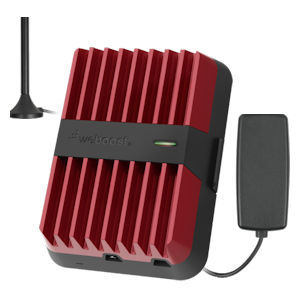 weBoost Drive Reach (470154)
weBoost Drive Reach (470154)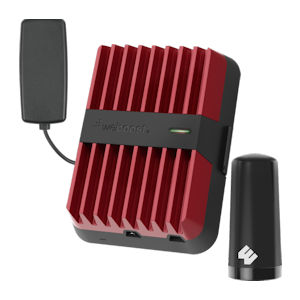 weBoost Drive Reach
weBoost Drive Reach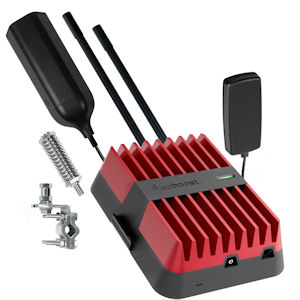 weBoost Drive Reach
weBoost Drive Reach weBoost Drive Reach
weBoost Drive Reach weBoost Drive Reach
weBoost Drive Reach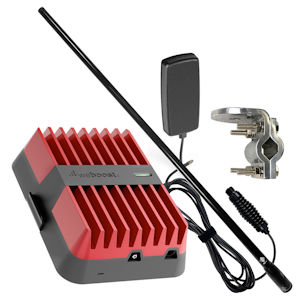 weBoost Drive Reach
weBoost Drive Reach weBoost Drive Reach
weBoost Drive Reach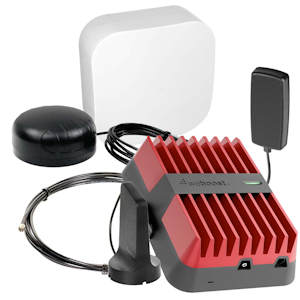 weBoost Drive Reach
weBoost Drive Reach weBoost Drive Reach
weBoost Drive Reach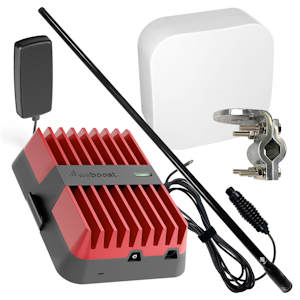 weBoost Drive Reach
weBoost Drive Reach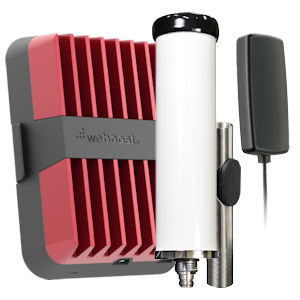 Marine weBoost Drive Reach
Marine weBoost Drive Reach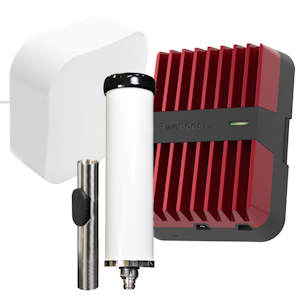 Marine weBoost Drive Reach
Marine weBoost Drive Reach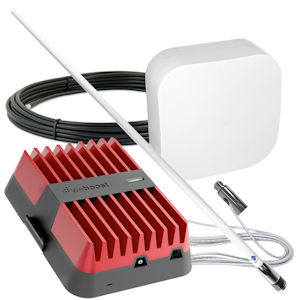 Marine weBoost Drive Reach
Marine weBoost Drive Reach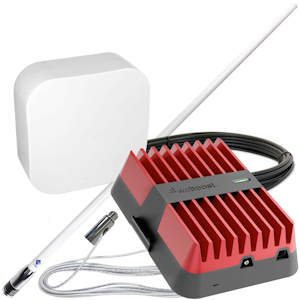 Great Loop Marine weBoost Drive Reach with Choice of High‑Gain Antenna (470154‑M82)
Great Loop Marine weBoost Drive Reach with Choice of High‑Gain Antenna (470154‑M82)